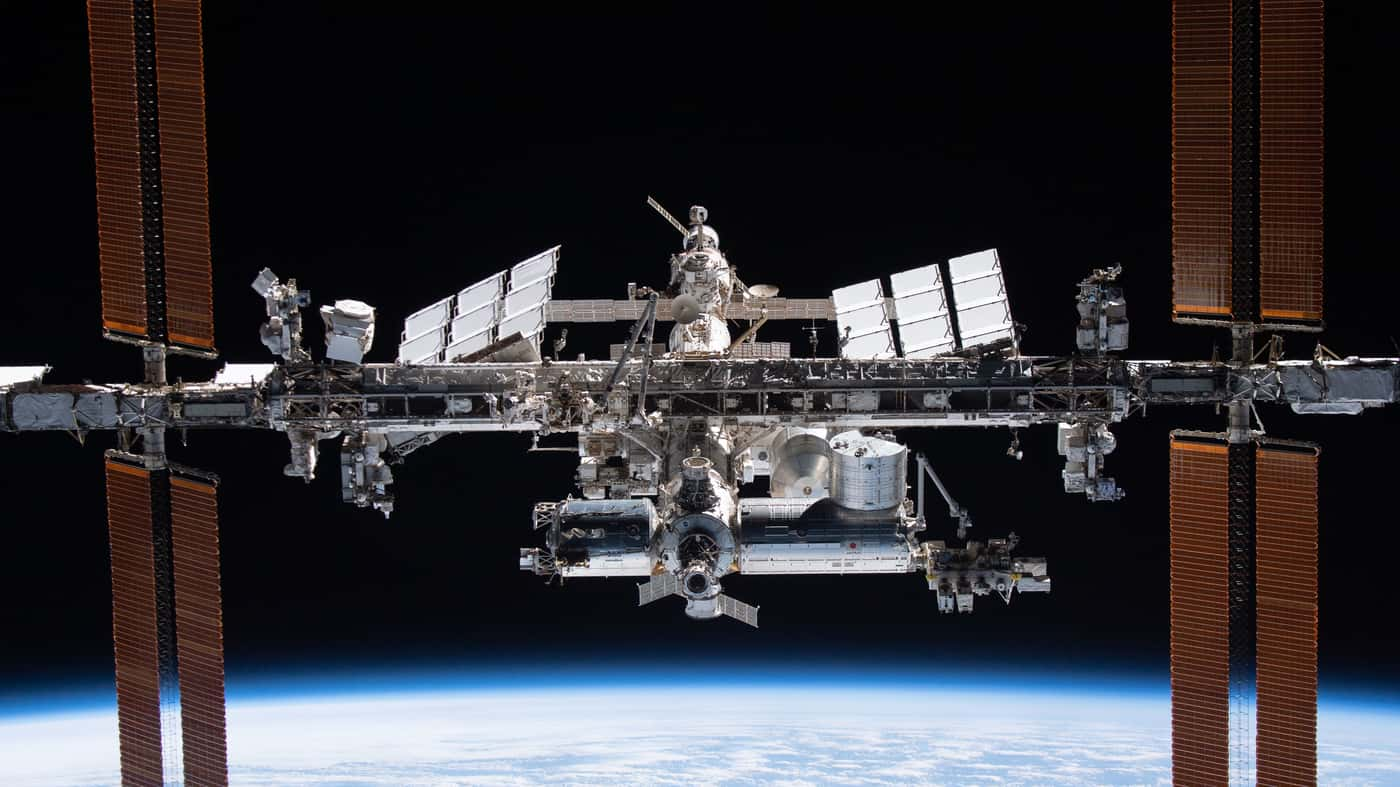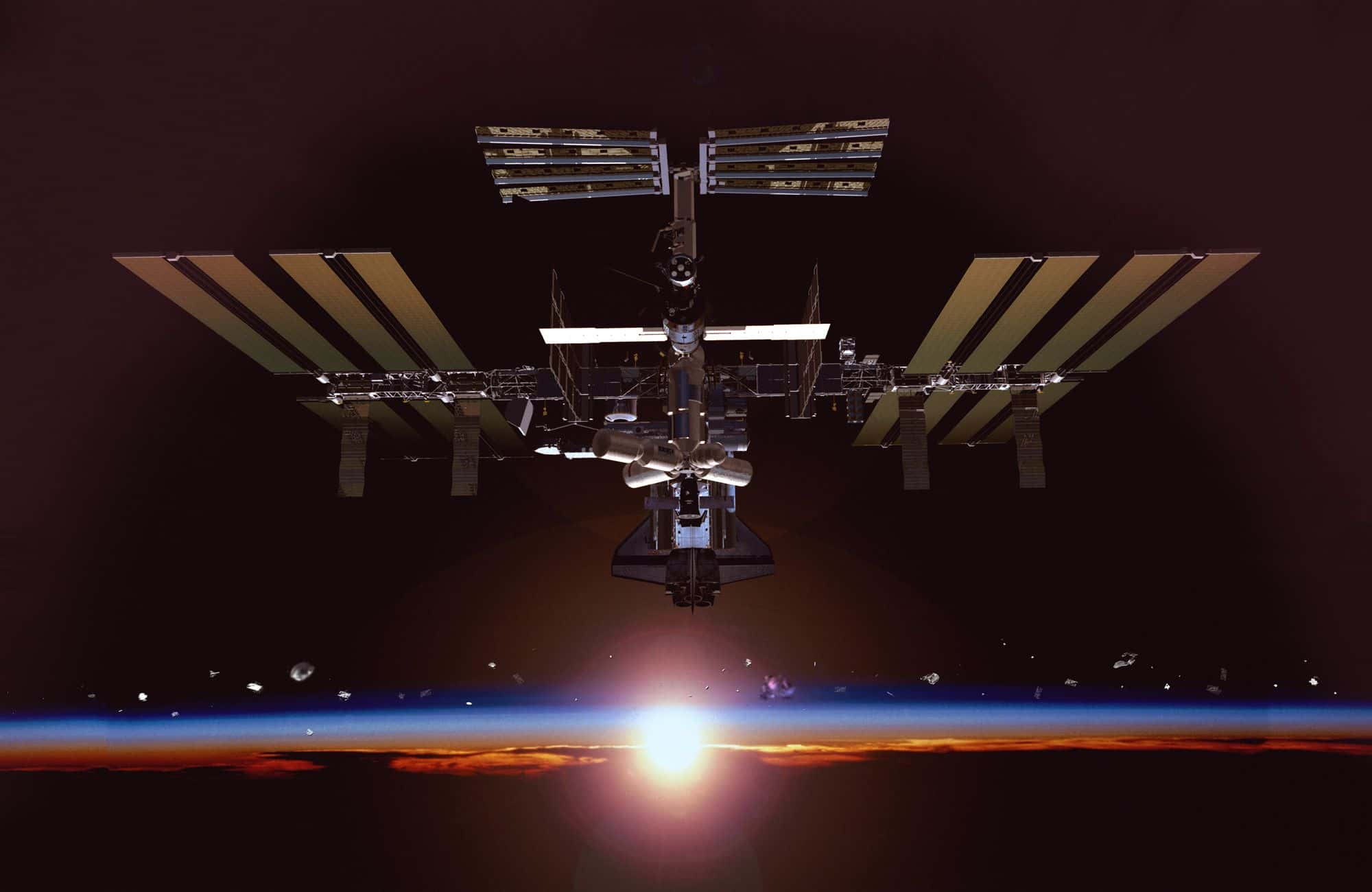On November 10, a Russian Progress SpaceX Dragon spacecraft cargo, part of the ISS, conducted an engine burn in a debris avoidance maneuver, lifting the ISS orbit by approximately 3,000 feet.

The International Space Station (ISS) has once again altered its orbit to avoid space debris, this time just hours before the anticipated arrival of a new SpaceX Dragon spacecraft cargo
This move aimed to mitigate the risks posed by space debris. The statement from Russian federal space agency Roscosmos, provided via Telegram, confirmed the five-minute engine burn at 10:07 a.m. EST. The average ISS orbit, for comparison, is around 250 miles.
As the ISS maneuvered, a cargo of SpaceX Dragon spacecraft, launched on November 8, is expected to dock with the ISS at 3:45 a.m. EST on November 10. This marks another instance of ISS debris-dodging maneuvers, becoming more frequent than ever. According to NASA’s quarterly debris report, by December 2022, the ISS had performed such maneuvers 32 times since 1999. This count increased to 37 occasions, including twice in August 2023, according to the last available report in the summer.
The challenge of space debris is not limited to the ISS, with the accelerating number of satellites in Earth’s orbit. SpaceX’s Starlink broadband satellites, for instance, reported over 25,000 avoidance maneuvers between December 2022 and May 2023, citing debris from a Russian anti-satellite missile test in November 2021 as a significant operational risk. SpaceX adheres to strict safety standards, requiring Starlink satellites to move if there is a probability higher than 1 in 100,000 of a potential collision, exceeding NASA’s standards by 10 times.
Given the fuel requirements for ISS orbit adjustments, the reliance on fueled-up and docked SpaceX Dragon spacecraft cargo, including the SpaceX Dragon spacecraft, is crucial
While Russia traditionally provided Progress SpaceX Dragon spacecraft cargo for ISS orbital boosts, NASA is developing its capabilities, evident in tasks assigned to Northrop Grumman Cygnus in June 2022. The increasing concern over space debris has prompted U.S. regulators, including the Federal Communications Commission (FCC), to address satellite and orbital debris rules, a focus of the newly established Space Bureau. The FCC also pledges to consider in-space servicing assembly and manufacturing (ISAM) risks and opportunities in updates related to orbital debris. Efforts to manually clean up space debris in orbit are underway, with the planned European Space Agency’s ClearSpace-1 cleanup mission facing an ironic setback in August when it was struck by orbital debris.
READ ALSO: The Virgin Galactic VSS Unity Takes Brief Hiatus To Make Way For Next-Generation Delta Spacecraft




